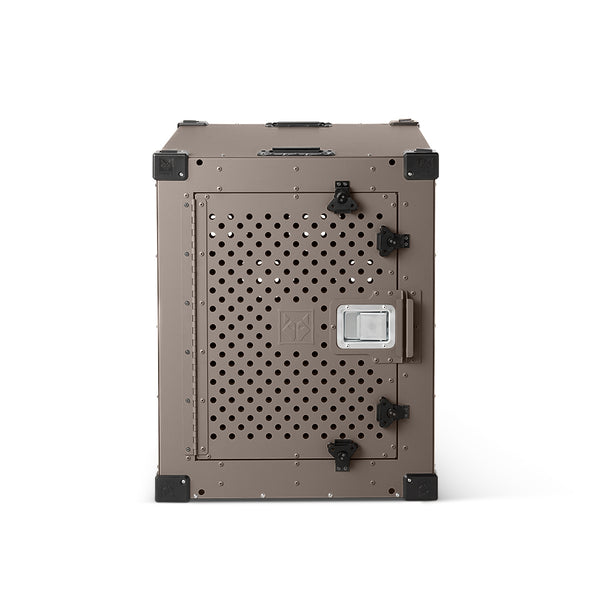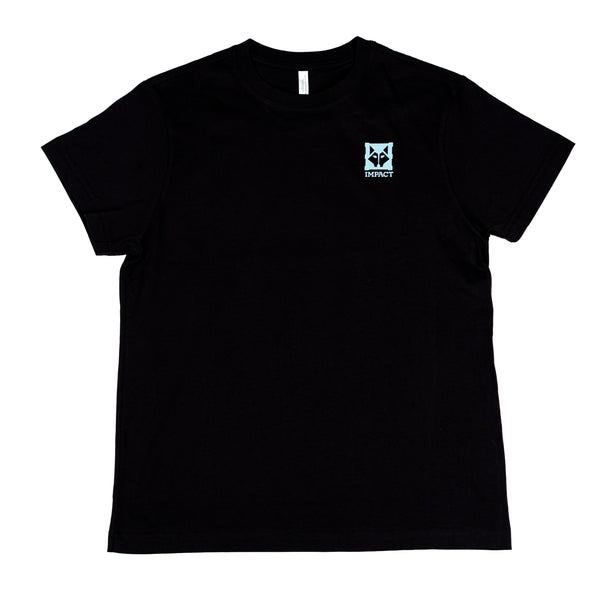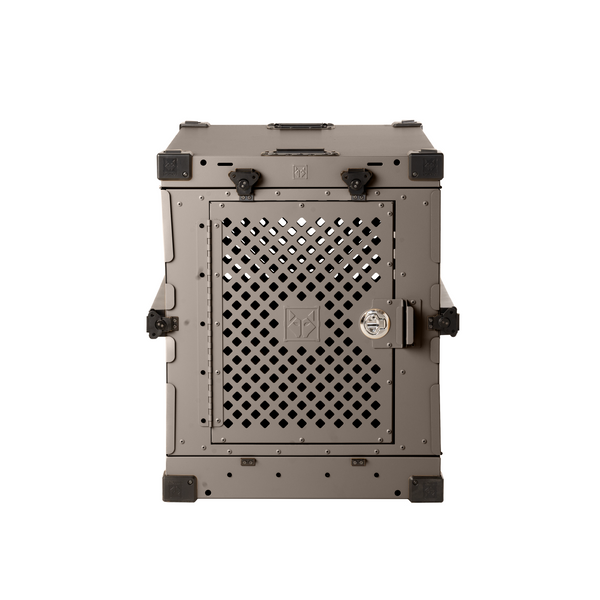An inguinal hernia in dogs occurs when tissue—most often a portion of the intestines or fat—pushes through a weak point in the abdominal wall in the groin region. While this condition can cause discomfort, in rare cases, it may lead to severe complications.
Learning about inguinal hernias enables early recognition of symptoms, ensuring timely treatment for your pet.
Types of Inguinal Hernias
Simple Hernia:
-
Does not involve strangulation or obstruction of the tissue.
-
Considered the least severe and is often manageable with surgery.
Complicated Hernia:
-
In more serious cases, blood vessels become strangulated, cutting off blood flow to the affected area.
-
This creates a life-threatening situation, potentially leading to tissue death and requiring immediate surgery.
Symptoms
Simple Inguinal Hernia:
-
Soft swelling in the groin area.
-
Slight tenderness and discomfort.
-
Visible bulging during activities.
Complicated Inguinal Hernia:
-
Severe abdominal pain and distress.
-
Enlarged, hard, and immovable bulge.
-
Vomiting or loss of appetite (anorexia).
-
Difficulty passing stool or straining during urination.
Causes and Risk Factors
Inguinal hernias can be congenital (present at birth) or acquired (developing later in life). Some dogs have a genetic predisposition to weak abdominal walls, while others may develop hernias due to trauma or excessive strain.
Breeds Most at Risk:
-
Pugs
-
Boston Terriers
-
Boxers
-
Shih Tzus
Other Possible Risk Factors:
-
Being overweight or obese.
-
Engaging in heavy, strenuous activity.
-
Senior-age dogs.
Treatment and Recovery
Surgery is the most effective treatment for inguinal hernias. The procedure involves repositioning the hernia and reinforcing weakened areas of the abdominal wall.
Post-Surgery Care:
-
Maintain minimal activity to aid healing.
-
Follow the vet’s instructions on pain management and wound care.
-
Regularly inspect the surgical site for signs of infection.
Prevention
While not all inguinal hernias can be prevented, certain measures can reduce the risk:
-
Spaying or neutering to address hereditary factors.
-
Maintaining an ideal weight to prevent excessive strain on the abdominal wall.
-
Scheduling regular veterinary check-ups to detect hernias early.
Conclusion
Recognizing the signs of inguinal hernias and seeking prompt veterinary care can help ensure your dog’s long-term health and comfort.
https://www.petmd.com/dog/conditions/muscokeletal/c_dg_dog_hernia_inguinal






